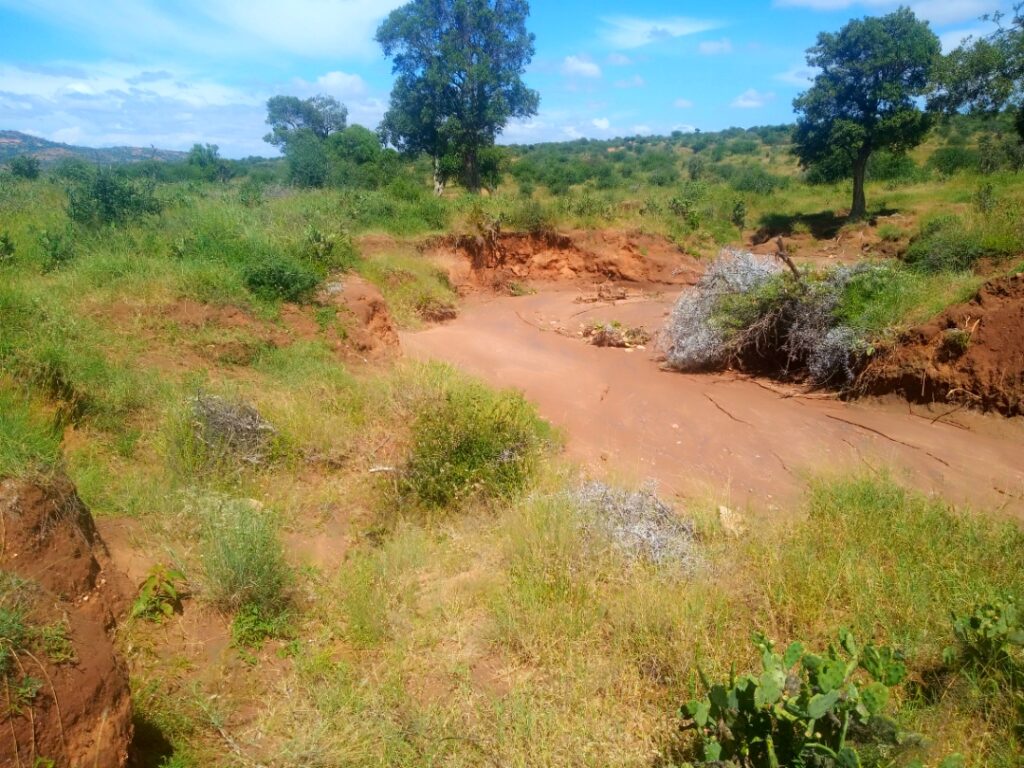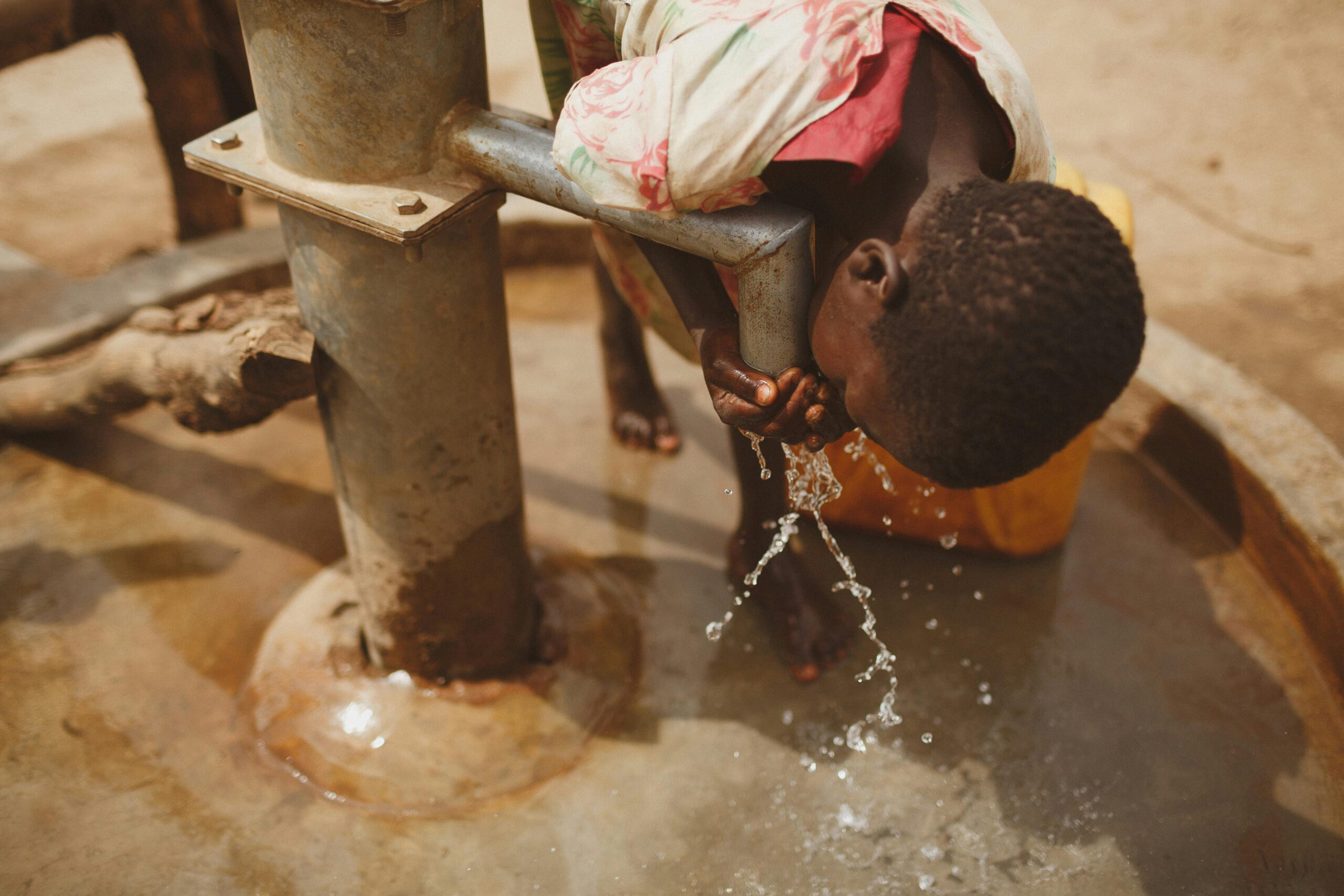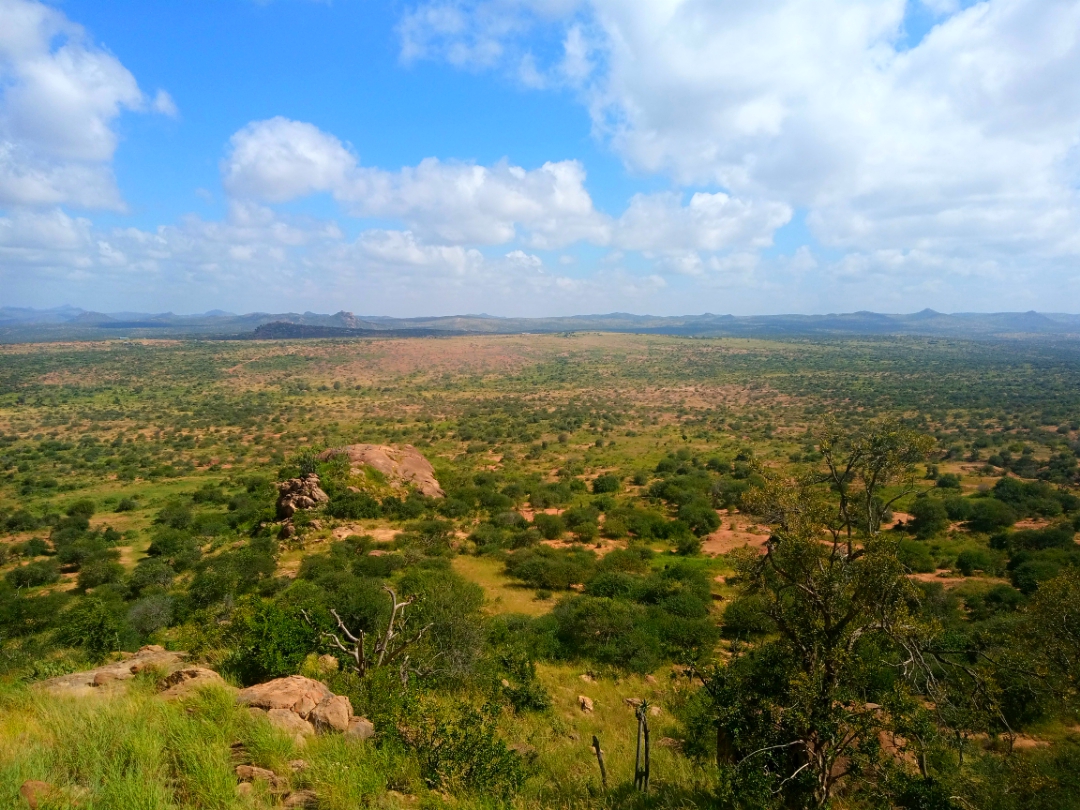In the vast Northern landscapes of Laikipia County, Kenya, where rolling plains meet rugged hills, water is more than a resource it’s the lifeline for both human communities and diverse wildlife populations yet its scarcity creates a big menace during dry seasons. Nareto Conservancy, spanning thousands of acres in this semi-arid region, stands as a model of sustainable management amid growing environmental challenges. As climate patterns shift and droughts become more frequent, the conservancy’s efforts to secure water sources not only protect flora and fauna species but also support the owners local pastoralist families who have called this land home for generations. Drawing from initiatives outlined on www.naretoconservancy.org, this article explores the strategies employed to combat water scarcity, the harsh realities of drought in Laikipia, and the urgent need for expanded sustainable water infrastructure like boreholes.
The Severity of Droughts in Laikipia: A Growing Crisis
Laikipia and the larger Northern Kenya has long been prone to erratic rainfall, but recent years have seen droughts escalate to devastating levels. Between 2020 and 2023, East Africa endured one of its worst prolonged dry spells, leading to widespread crop failures, massive livestock deaths, and acute malnutrition among communities. In Kenya alone, reports indicate that hundreds of animals, including iconic elephants and endangered Grevy’s zebras, perished in wildlife preserves due to droughts and lack of forage. One study highlighted that over 205 elephants died in a single nine-month period in 2022, underscoring the toll on biodiversity.
For local residents, the impacts are equally dire. Pastoralists in Laikipia rely heavily on livestock for their livelihoods, and droughts have wiped out hundreds of animals forcing families into dependency on relief aid. Rural households face disrupted daily lives, with women and children often walking miles to fetch contaminated water from dwindling sources. As drought severity increases, so does the strain on ecosystems, leading to heightened human-wildlife conflicts as wild animals venture closer to settlements in search of sustenance. These conditions not only threaten food security but also erode traditional ways of life, making interventions like those at Nareto Conservancy essential for long-term resilience.

Strategies for Water Management at Nareto Conservancy
Nareto Conservancy has implemented a multifaceted approach to water security, focusing on sustainable practices that harness natural resources while minimizing environmental harm. These efforts, detailed on Nareto Conservancy, emphasize collaboration with local communities to ensure benefits extend beyond wildlife conservation.
Rainwater Harvesting: Capturing Every Drop
One key strategy is rainwater harvesting, which involves collecting and storing runoff from seasonal rains. Simple yet effective systems, such as rooftop catchments and ground-level dams, are used across the conservancy to gather water during wet periods. This stored water irrigates community gardens and provides drinking points for livestock and wildlife alike. By reducing reliance on unpredictable rivers, harvesting helps maintain vegetation cover, preventing soil erosion and supporting habitats for species like elephants, gazelles, and giraffes. For people, it means reliable access during dry spells, boosting agricultural productivity and reducing the need to encroach on protected areas.
Streams Protection: Safeguarding Natural Sources
Protecting natural water streams is another cornerstone of Nareto’s work. These perennial water points are managed to prevent illegal sand harvesting soil erosion or human waste. Vegetation buffers are planted around streams to filter pollutants and stabilize banks, ensuring clean water flows. This not only preserves water quality for downstream users but also creates vital watering holes for wildlife, reducing migration stresses during droughts. Communities benefit through improved health outcomes and shared management fosters a sense of ownership, as locals participate in monitoring and maintenance.

Boreholes: A Critical Solution for Sustainable Access
Boreholes represent a more engineered response, drilling deep into aquifers to tap groundwater reserves. At Nareto, we look forward to implement solar-powered boreholes as priorities to minimize operational costs and environmental impact. These will provide a consistent supply even in severe dry periods, serving as emergency backups for both human settlements and animal troughs. The dual benefit is clear: wildlife populations will eventually stabilize as they access water without competing with herders, while locals gain year-round availability, alleviating the burdens of long treks and scarcity-induced poverty.
Why Nareto Needs More Boreholes: Addressing Local Suffering
Despite the small positive strides, the community conservancy’s current infrastructure struggles to meet rising demands, particularly as droughts intensify. Local communities in Laikipia often endure months without adequate water, leading to health crises, school disruptions, and economic losses from dead livestock. Expanding borehole networks, would directly ease this suffering by delivering clean, accessible water to remote villages. Such investments not only combat immediate hardships but also promote harmony between people and nature, preventing overgrazing and habitat degradation. With climate projections warning of even harsher conditions ahead, bolstering these systems is imperative for the survival of our unique biodiversity and its resilient inhabitants.
In conclusion, Nareto Conservancy’s proactive strategies in water management illustrate a balanced path forward in a region plagued by environmental uncertainty. By integrating rainwater harvesting, water streams protection, and boreholes, the conservancy not only safeguards wildlife but also empowers communities to thrive. As detailed on our blog, these initiatives highlight the interconnectedness of human well-being and ecological health. Supporting such efforts through partnerships and funding can ensure that Laikipia’s rivers continue to flow, nurturing life for generations to come.


